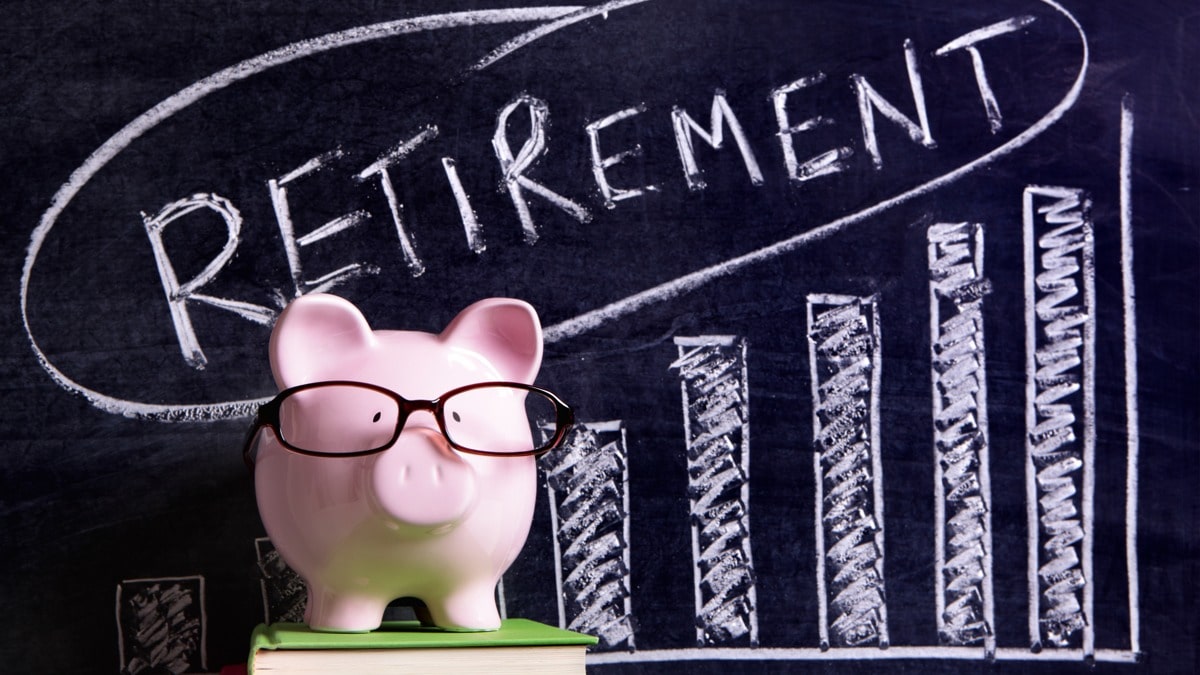No doubt you have heard people say you need a million dollars (or some other nice round figure) in superannuation before you can afford to retire. Often they are the same people trying to sell you investment products or advice. Ignore them, because there is no magic number.
The amount of super YOU need to retire will depend on your personal circumstances, financial resources both inside and outside super, and your lifestyle. So before you set an arbitrary super target, block out the fearmongers and think about the big picture.
Super tip
To explore in more detail how much super you might need to provide your chosen level of retirement income, we highly recommend you check out SuperGuide’s selection of retirement income calculators and instruction videos. These include TelstraSuper’s Retirement Lifestyle Planner, one of the most comprehensive calculators currently available, and Mercer’s Retirement Income Simulator.
A good calculator can help you estimate how much retirement income you will receive based on your current super balance, future contributions, retirement age, length of retirement and estimated future investment returns.
Setting your retirement balance target
To work out how much super you will need to fund your retirement, here’s a checklist of factors you should consider:
- Years in retirement
- Whether you are single or in a couple
- Whether you plan to keep working
- How much you spend
- Whether you own your home
- What other assets or income you have outside of super
- Whether you are eligible for the Age Pension
- The rate of return your super earns in retirement
- Whether you want to help the kids.
You should also think about whether you will need to withdraw any of your super as a lump sum or if it will all be available to provide an income for retirement.
Learn more about your options for accessing super.



Leave a Reply
You must be logged in to post a comment.